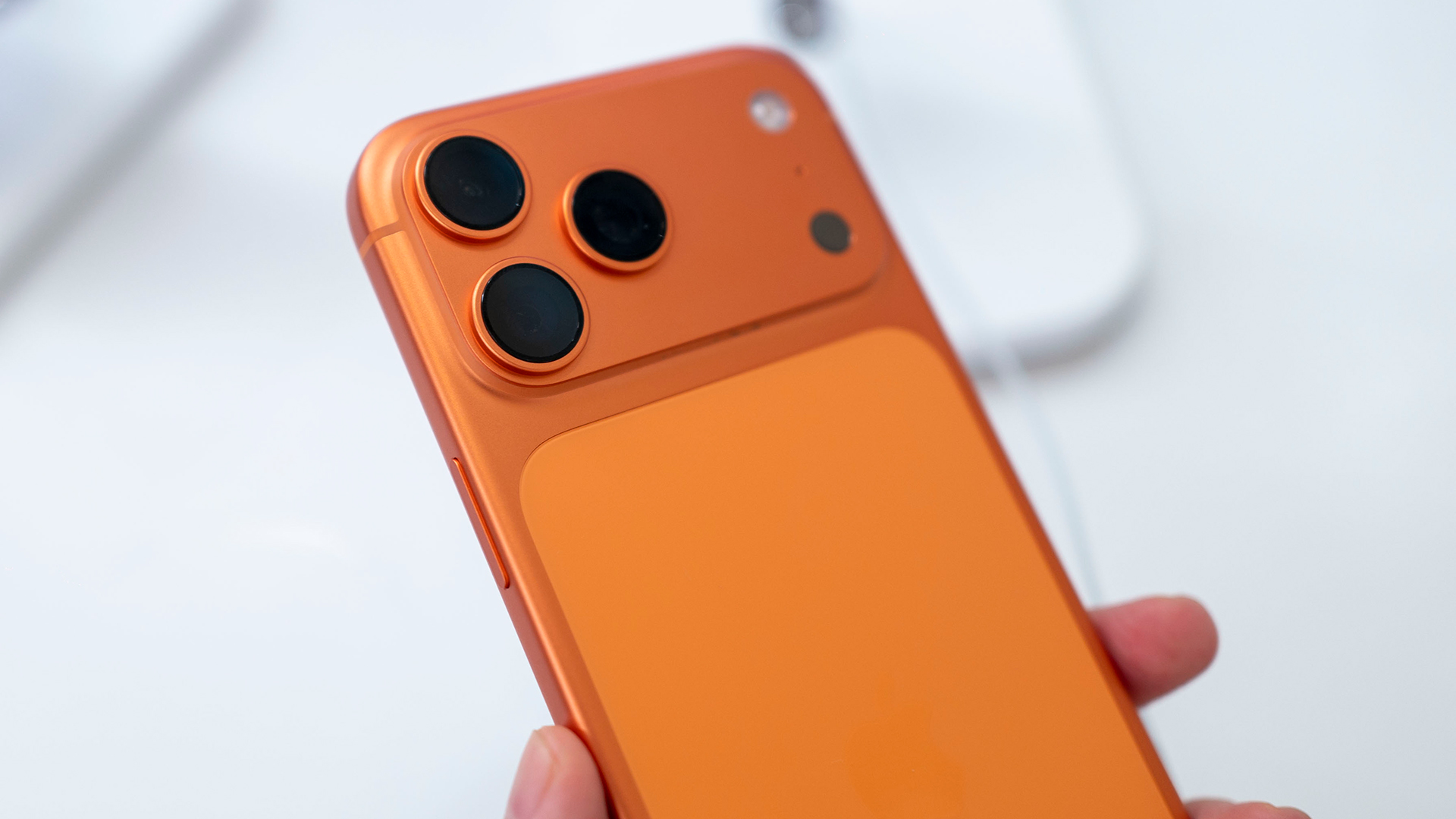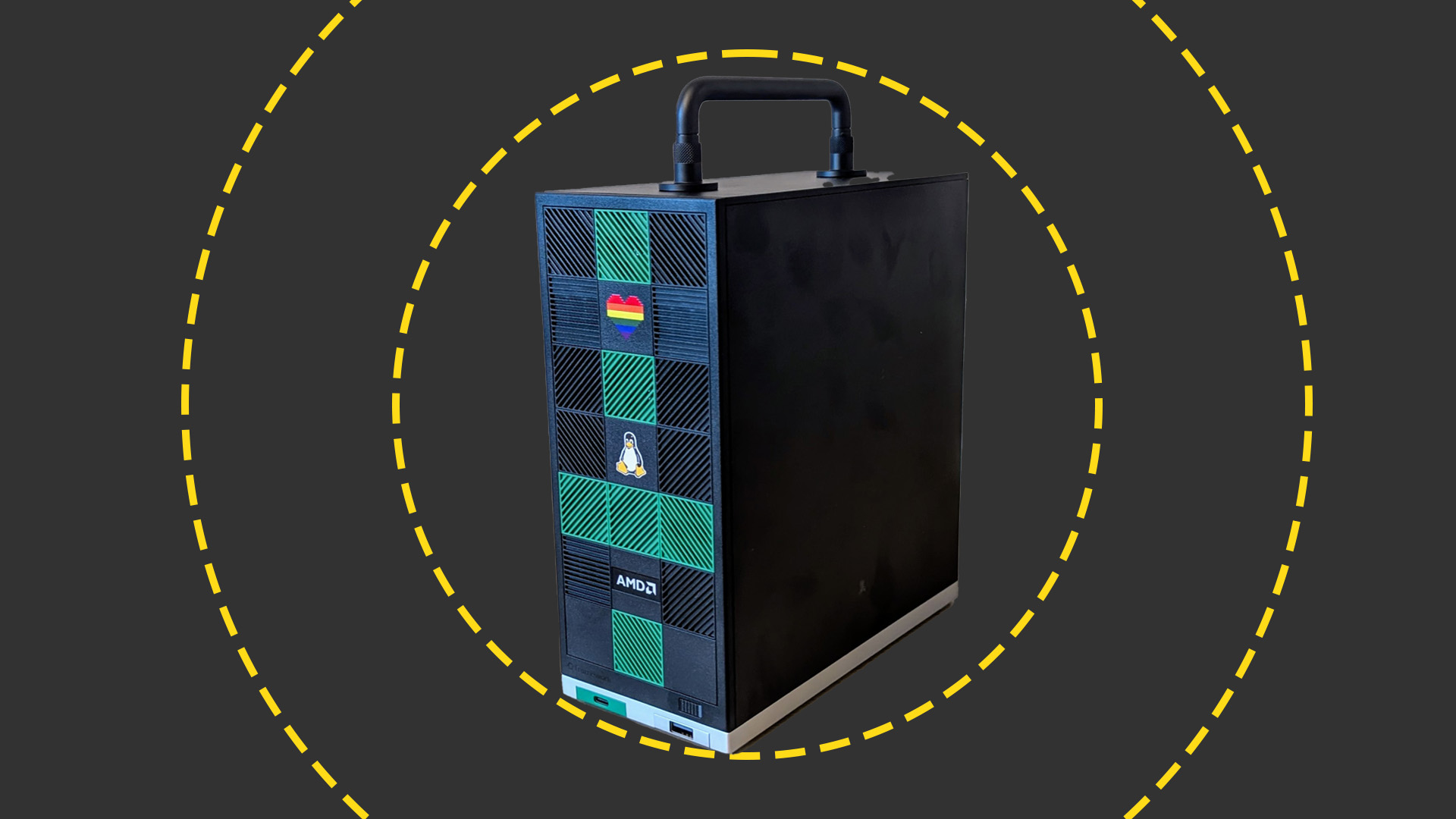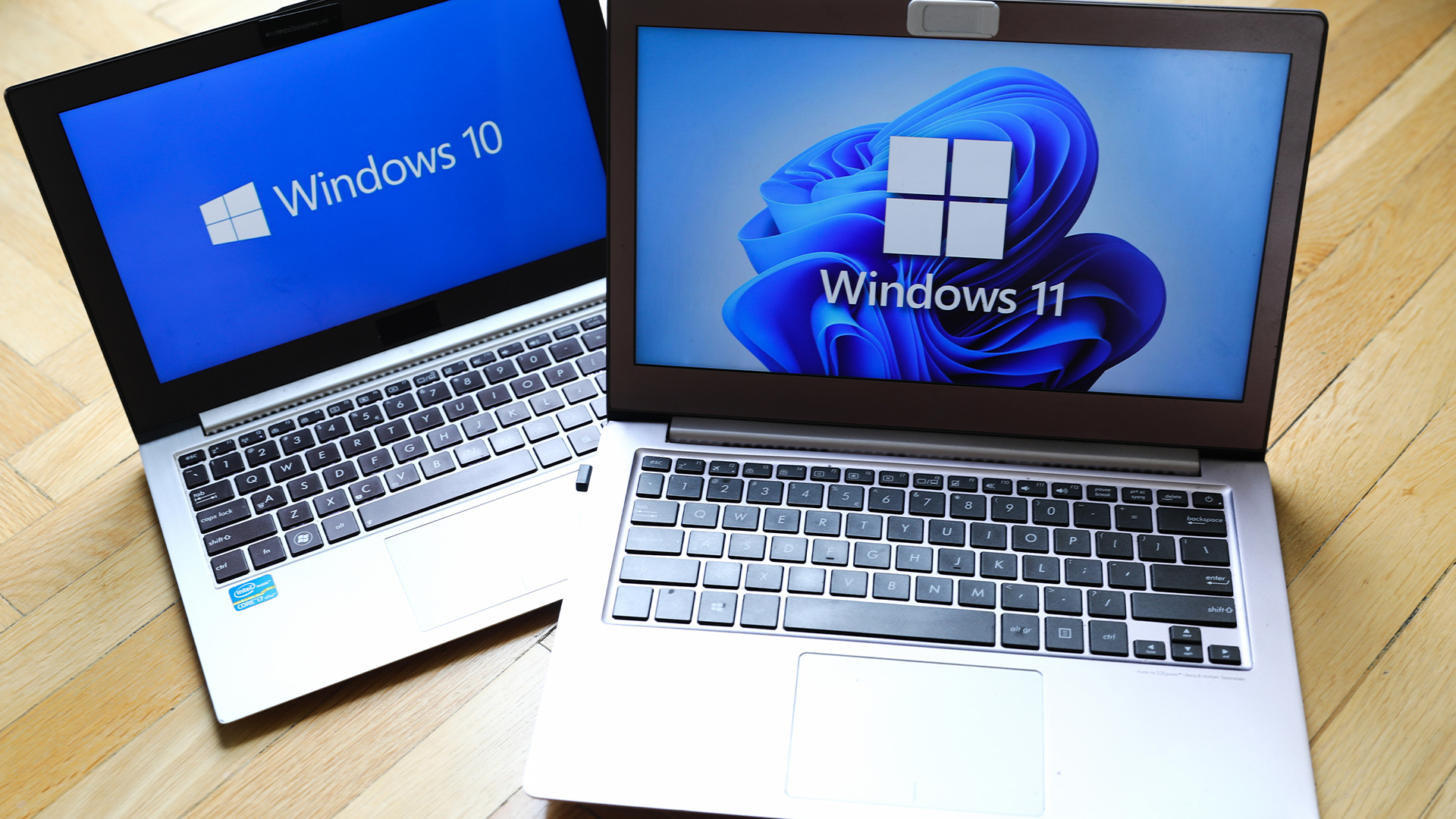What is AMD Fusion and why should I care?
AMD has melded a processor and a graphics chip together, but is this development as revolutionary as AMD claims? Seth Barton takes a look, not only at the technology, but at its implications for end users and the technology industry as a whole.
Then there's Microsoft's DirectCompute, which was released as part of DirectX 11, and so is installed on pretty much every recent Windows PC. It's this latter standard that should at last bring GPU-acceleration to the most PC users, much as DirectX has for PC gaming since the 1990s.
All Fusion hardware will support these two standards, and will have an architecture designed to maximise the strengths of a general purpose CPU and a parallel-optimised GPU. Each Fusion APU will have processor and graphics cores, often multiple examples of each, on the same processor die. This will allow both to access the same high-speed cache and so more effectively blend these complementary types of processing power.
It's worth emphasising that Intel's Sandy Bridge chips (or the 2nd Generation Intel Core Processor Family as they're officially known), already integrate graphics and CPU in this way. However, at present Intel's graphics technology lags behind AMD's, most notably in its lack of support for DirectX 11 and thus DirectCompute.
There's a reason we've yet to talk about specific products - there's still very little Fusion hardware available. We've only seen a couple of motherboards with integrated APUs and a few upcoming netbooks. These are direct competitors for Intel's established Atom range, currently ubiquitous in low-power desktops and netbooks.
AMD's Fusion upstart has a confusing barrage of codenames - it's the Brazos platform, using a Hudson chipset, and a Zacate E-series APU. The E-350 APU we've tested contains two processing cores, codenamed Bobcat, which each run at a modest 1.6GHz and have a pair of 512KB caches. It scored 32 overall in our applications benchmarks, a touch quicker than Intel's dual-core Atom D525 which scored 28. Also present is an AMD Radeon HD 6310 graphics core. In our tests this scored only 7.3fps on our desktop Call of Duty 4 gaming test, but then it's not designed for such use, plus the Atom's graphics chip can't run this test at all at our preferred settings.
Sign up today and you will receive a free copy of our Future Focus 2025 report - the leading guidance on AI, cybersecurity and other IT challenges as per 700+ senior executives
-
 I couldn’t escape the iPhone 17 Pro this year – and it’s about time we redefined business phones
I couldn’t escape the iPhone 17 Pro this year – and it’s about time we redefined business phonesOpinion ITPro is back on smartphone reviews, as they grow more and more intertwined with our work-life balance
-
 When everything connects, everything’s at risk
When everything connects, everything’s at riskIndustry Insights Growing IoT complexity demands dynamic, automated security for visibility, compliance, and resilience
-
 Nvidia’s Intel investment just gave it the perfect inroad to lucrative new markets
Nvidia’s Intel investment just gave it the perfect inroad to lucrative new marketsNews Nvidia looks set to branch out into lucrative new markets following its $5 billion investment in Intel.
-
 Framework Desktop review: Modular design and ferocious AMD performance
Framework Desktop review: Modular design and ferocious AMD performanceReviews AMD's Ryzen Max CPUs debut in Framework's impressive modular self-build small-form desktop PC
-
 The US government's Intel deal explained
The US government's Intel deal explainedNews The US government has taken a 10% stake in Intel – but what exactly does the deal mean for the ailing chipmaker?
-
 US government could take stake in Intel as chip giant's woes continue
US government could take stake in Intel as chip giant's woes continueNews The move would see increased support for Intel’s manufacturing operations
-
 Dell says Windows 11 migration is a prime opportunity to overhaul ageing PC fleets – and AI devices are in the spotlight
Dell says Windows 11 migration is a prime opportunity to overhaul ageing PC fleets – and AI devices are in the spotlightNews The shift to Windows 11 means IT leaders can ditch old tech and get their hands on AI PCs
-
 AMD chief exec Lisa Su says its new Helios AI rack is a 'game changer' for enterprises ramping up inference – here's why
AMD chief exec Lisa Su says its new Helios AI rack is a 'game changer' for enterprises ramping up inference – here's whyNews The integrated hardware offering will feature upcoming AMD chips and networking cards
-
 AMD Advancing AI 2025: All the latest news and updates from San Jose
AMD Advancing AI 2025: All the latest news and updates from San JoseFollow all the news and updates live from AMD's latest Advancing AI conference
-
 What enterprises need to be Windows 11 ready
What enterprises need to be Windows 11 readySupported Hardware purchasing will play a key role in delivering success during the Windows 11 migration rush